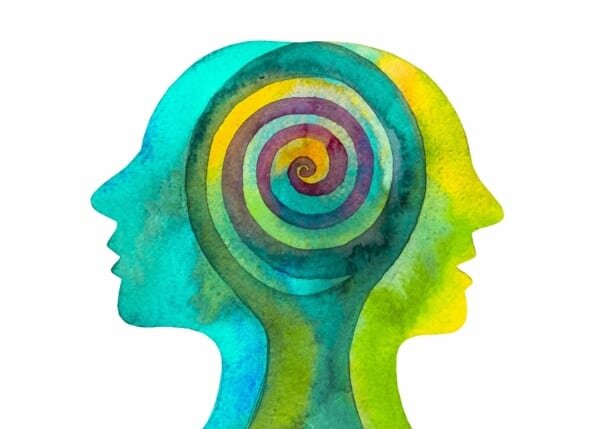The Search For A Therapist
/By Anne DeCore, AMFT
Looking for a therapist can be an intimidating process that often feels shrouded in mystery. For both first-timers to therapy and those with prior experiences, setting out to begin a new relationship is hard. It can seem like an impossible task to choose a total stranger from a list of internet search results and expect that person to be well-matched for your goals and to possess a presence that feels connected and compatible with your own way of being. The lack of clear expectations for the search process and initial session can create anxiety. And anxiety can freeze us into avoidance. Furthermore, many people begin the search for a therapist when they are already stretched thin by stressors in their lives, and they have few internal resources to call on for the search.
I get asked frequently “how can I find a therapist?”. Here is my roadmap to answer that question. I hope it helps you find your way to support. The end destination will be worth the journey, I promise!
1. Gather Names
Online directories like Psychology Today can be a springboard. You can filter by specialty, training, location, and reach out to therapists directly. The online directory from your insurance company can also help you locate someone already in-network.
Ask your primary care physician for a referral list of therapist/practices.
Another approach is to START WITH ONE NAME that can send you a couple referrals. For example, your husband’s therapist or your friend who IS a therapist or your kid’s school counselor. They are not going to treat you but they CAN provide you with leads to help you land with a great therapist. Therapists love to provide referrals. It is a deeply rewarding part of our job to expand and promote access to care. So don’t hesitate to start with one name and ask that name for names.
2. Make Contact
Okay, you’ve got a name and email address. Now what? Send an email to establish whether it could be a good fit from a logistical standpoint – scheduling, insurance, etc. I’m a fan of addressing fit from a logistical standpoint up front as this reduces the likelihood of finding someone you mesh with stylistically only to later discover an administrative barrier to working together. Here’s what to include in your outreach email:
Openings? State that you’re looking for a therapist and ask if are they taking on new clients.
Modality: State the type of therapy you’re seeking: individual, couple, or family.
Scheduling: Offer relevant scheduling information like “I’m free weekday evenings only” “I’m very flexible with scheduling” “mornings before 11am” “Wednesday or Monday anytime”.
Insurance/payment info: Share your insurance provider to confirm that the therapist is in network or inform the therapist if you won’t be using insurance. If you want rate information, inquire about fees.
In-person or telehealth: State your preference, if you have one. (“I prefer telehealth” “I prefer in-person” “I have no preference between in-person and telehealth.”)
3. Phone Consult
If the therapist replies that they can take you on feel free to ask for a brief phone consultation to get a sense of the therapist’s style and presence. Feel free to ask about their approach to therapy and experience. You may want to share a topline summary of what you want to work on and the therapist may weigh in on whether that problem/issue is within their scope of competence. They will often provide referrals if your needs fall outside their scope. A therapist will normally try to keep this phone call to 10-15 minutes.
You may opt to skip the consult call option and move into scheduling your initial session. Just a head’s up, the initial session typically costs more than subsequent sessions because it involves more work for the therapist (intake forms and creating a client record).
4. Initial Session
Expect the first session to begin with reviewing consent forms and practice policies. Confidentiality, cancellations, payment/insurance, and between-session contact will all be covered.
The session will be about getting to know each other and beginning to define the current challenges and goals of therapy.
Remember building trust and connection takes time, as with any relationship. However, if it’s not feeling like the right fit after several sessions, tell the therapist and the therapist will gladly offer to help with referrals to get you started with someone else. Don’t feel bad about this! The therapeutic relationship is the most important factor for success so if it’s not working, the therapist will want to support your journey toward a better fit.



















